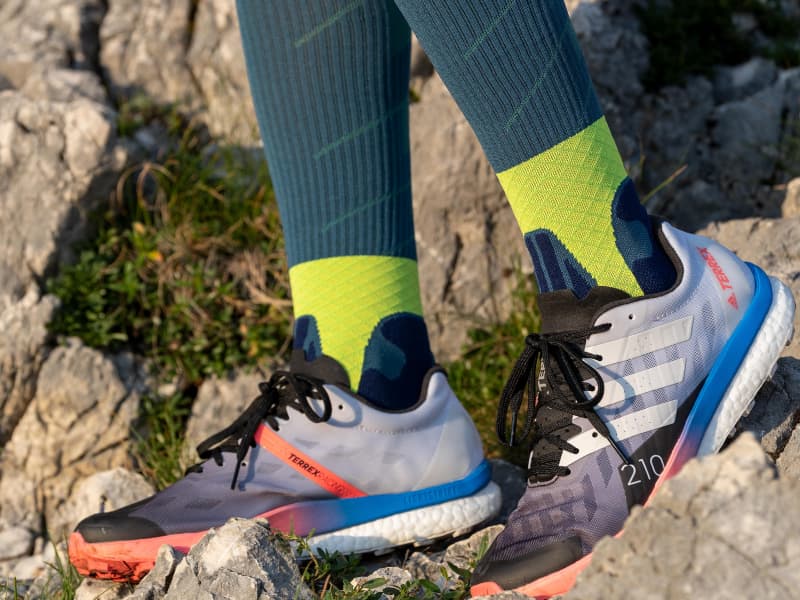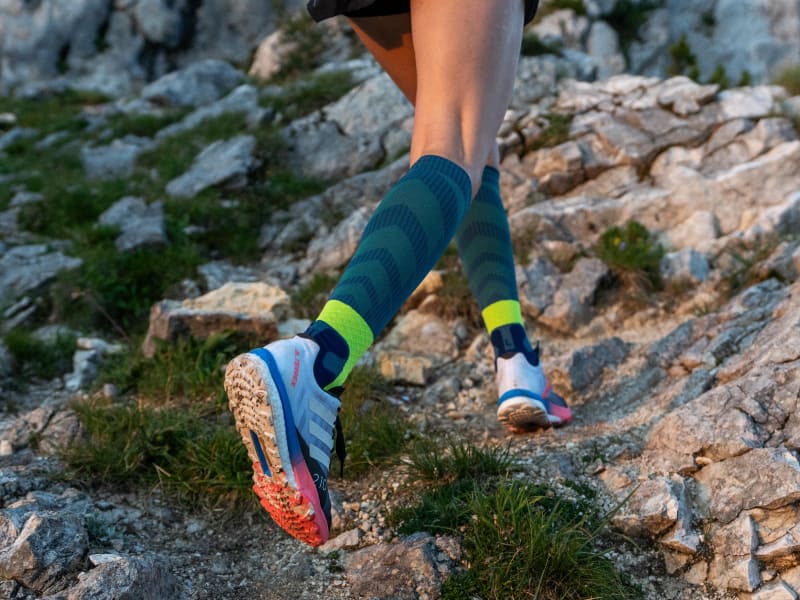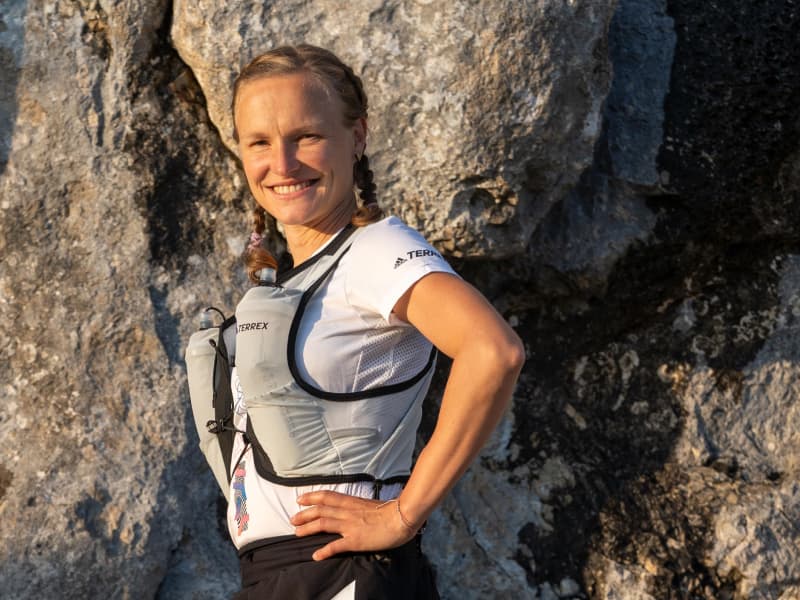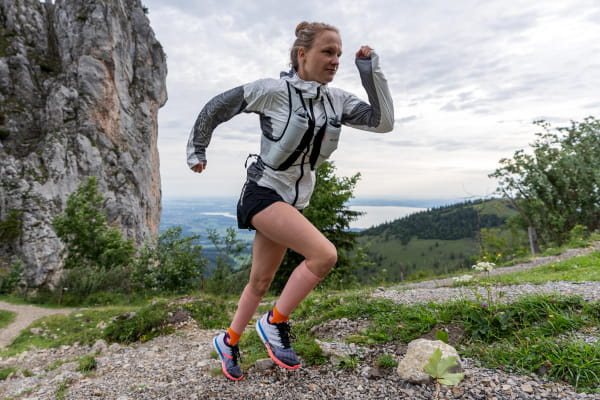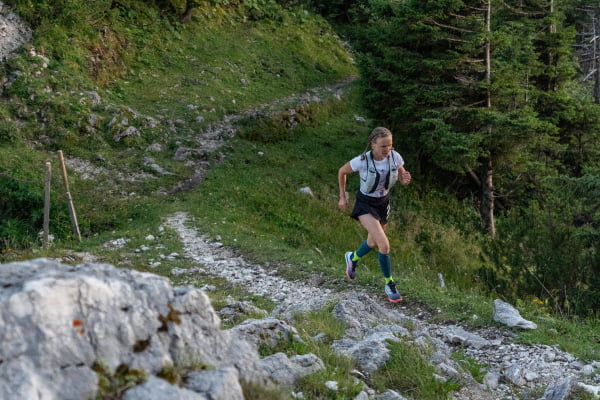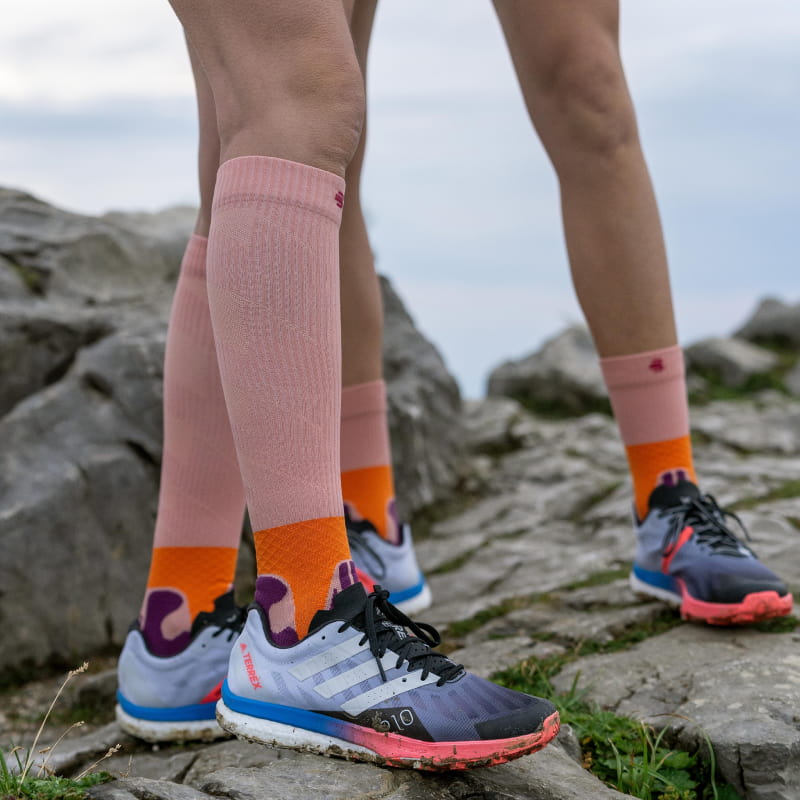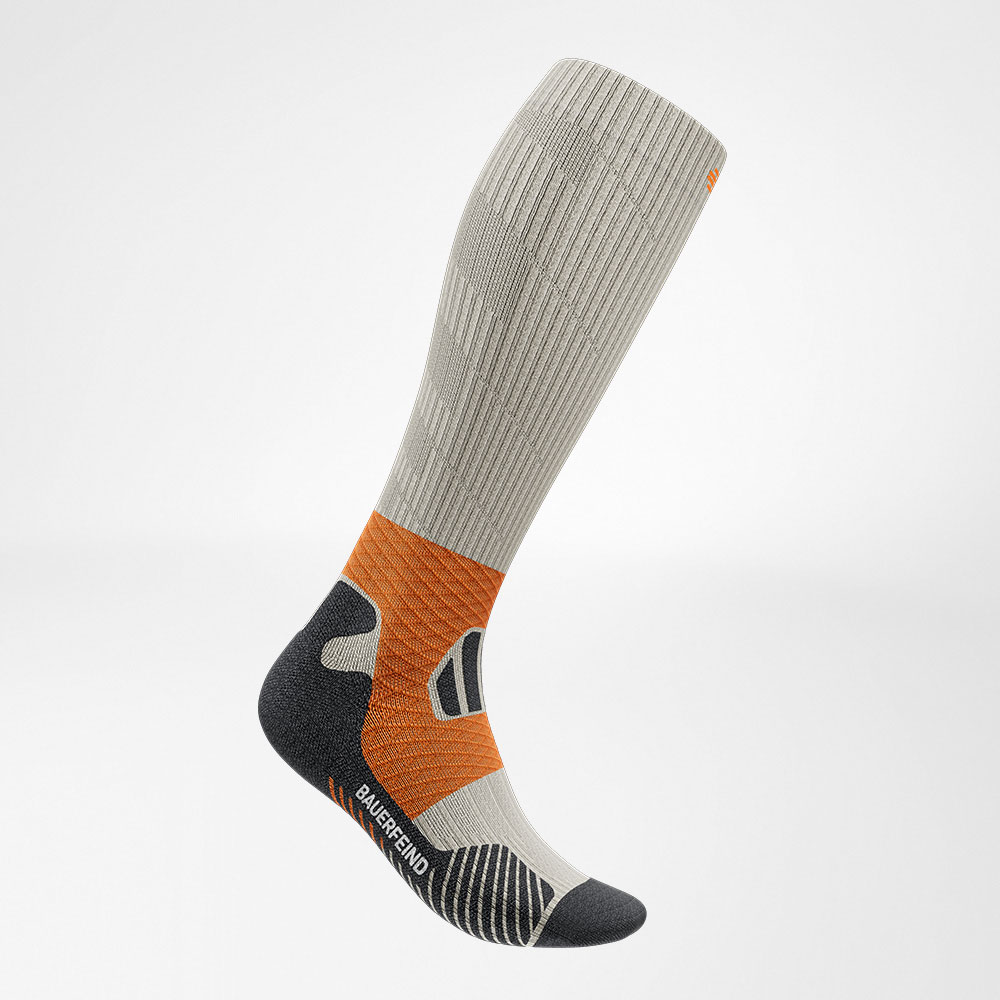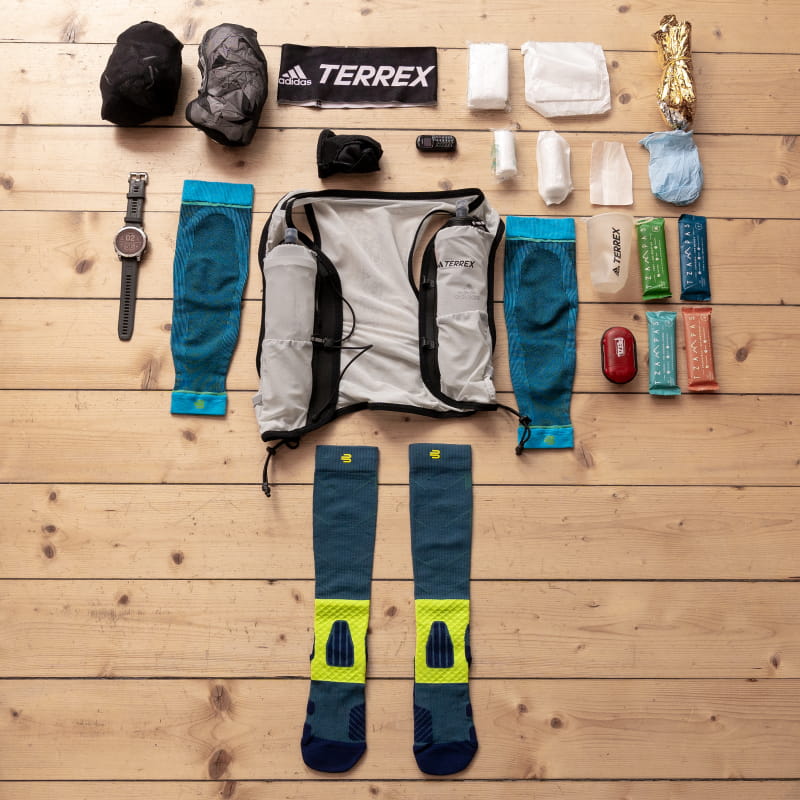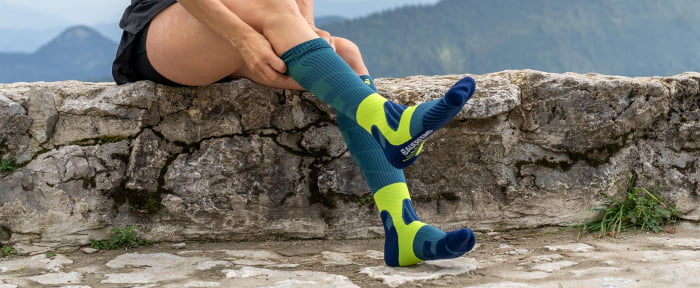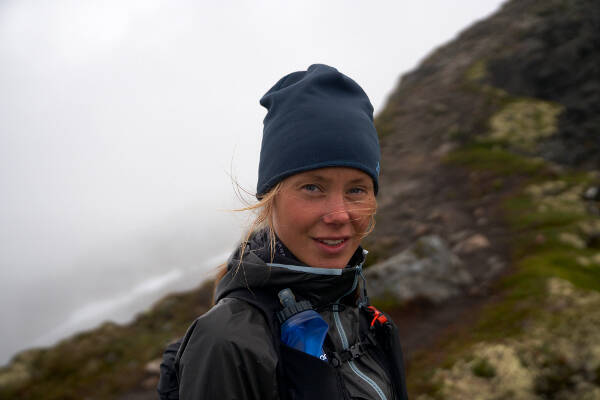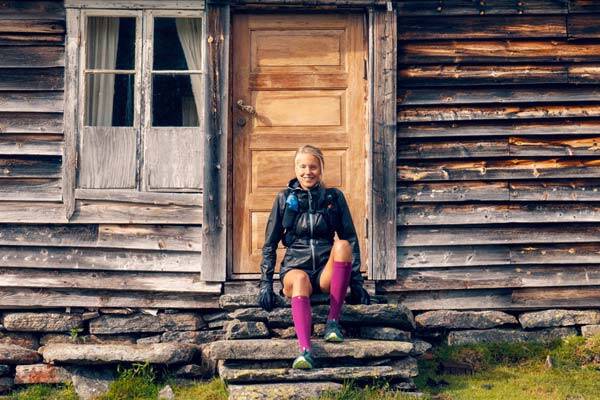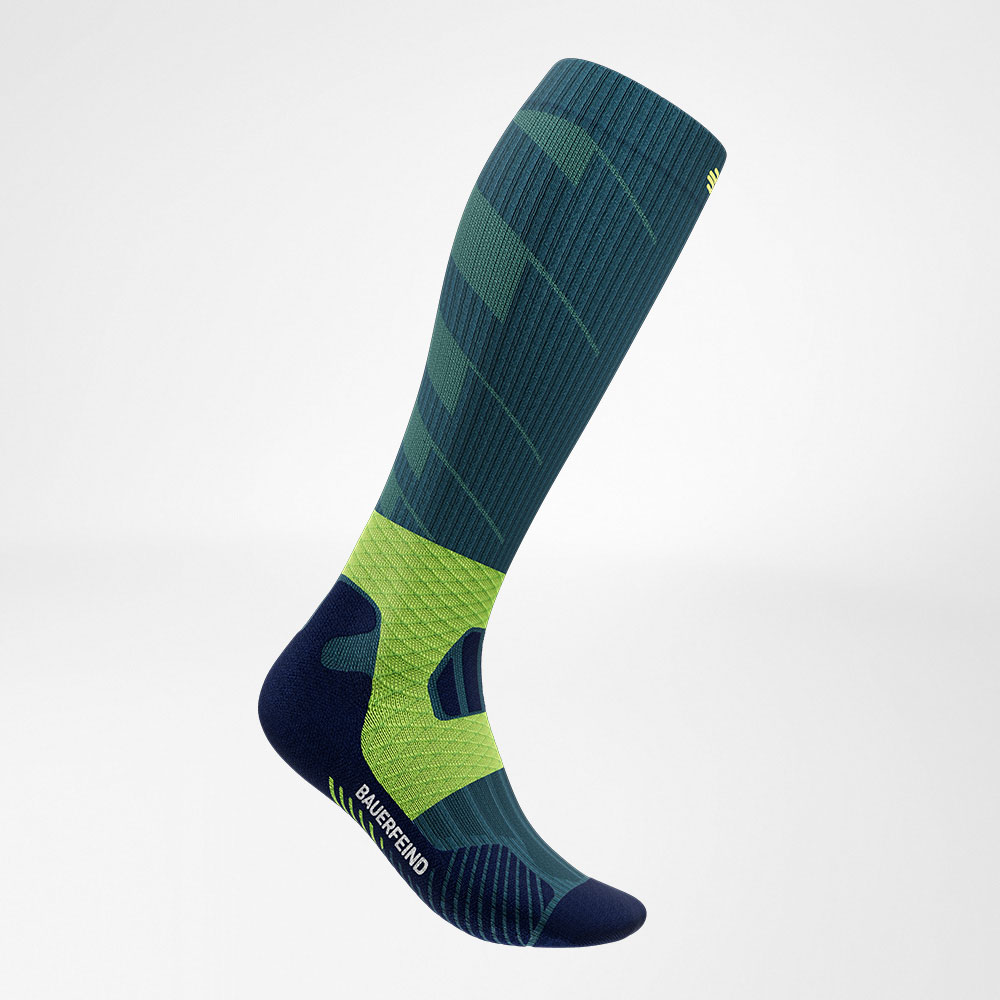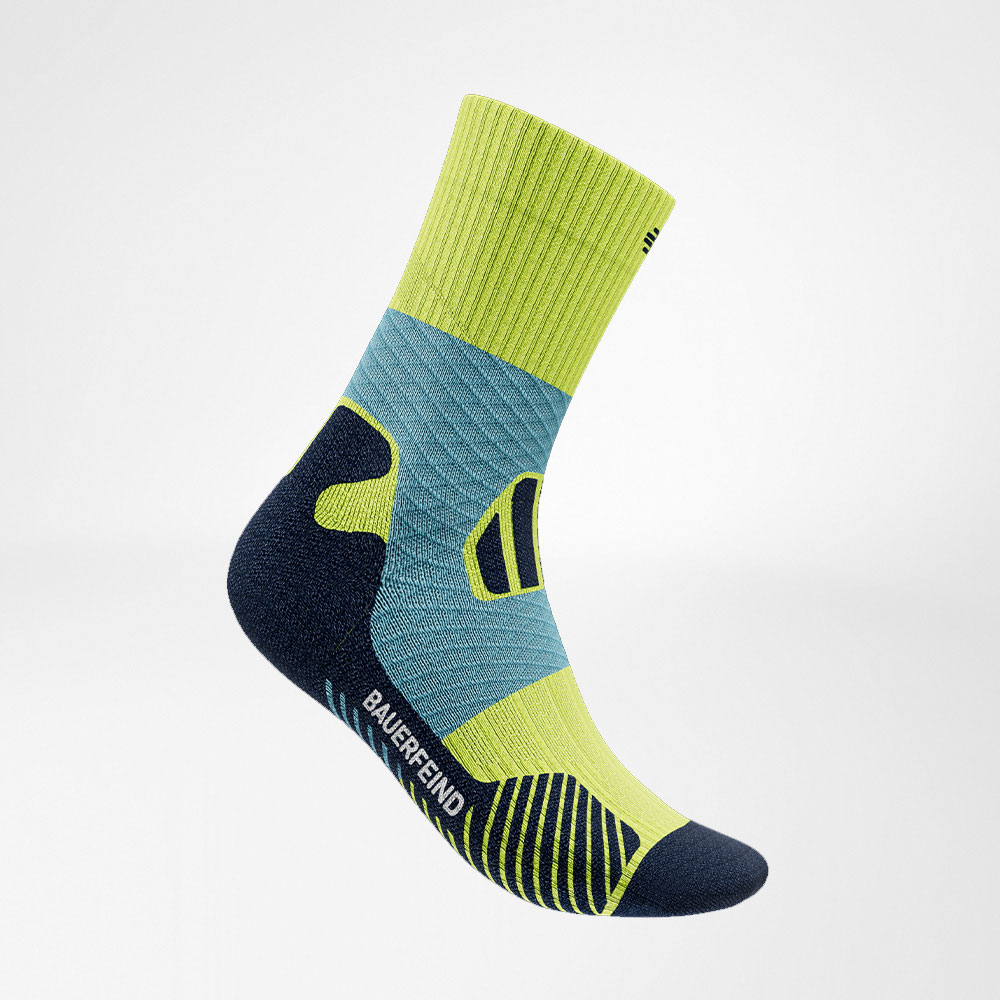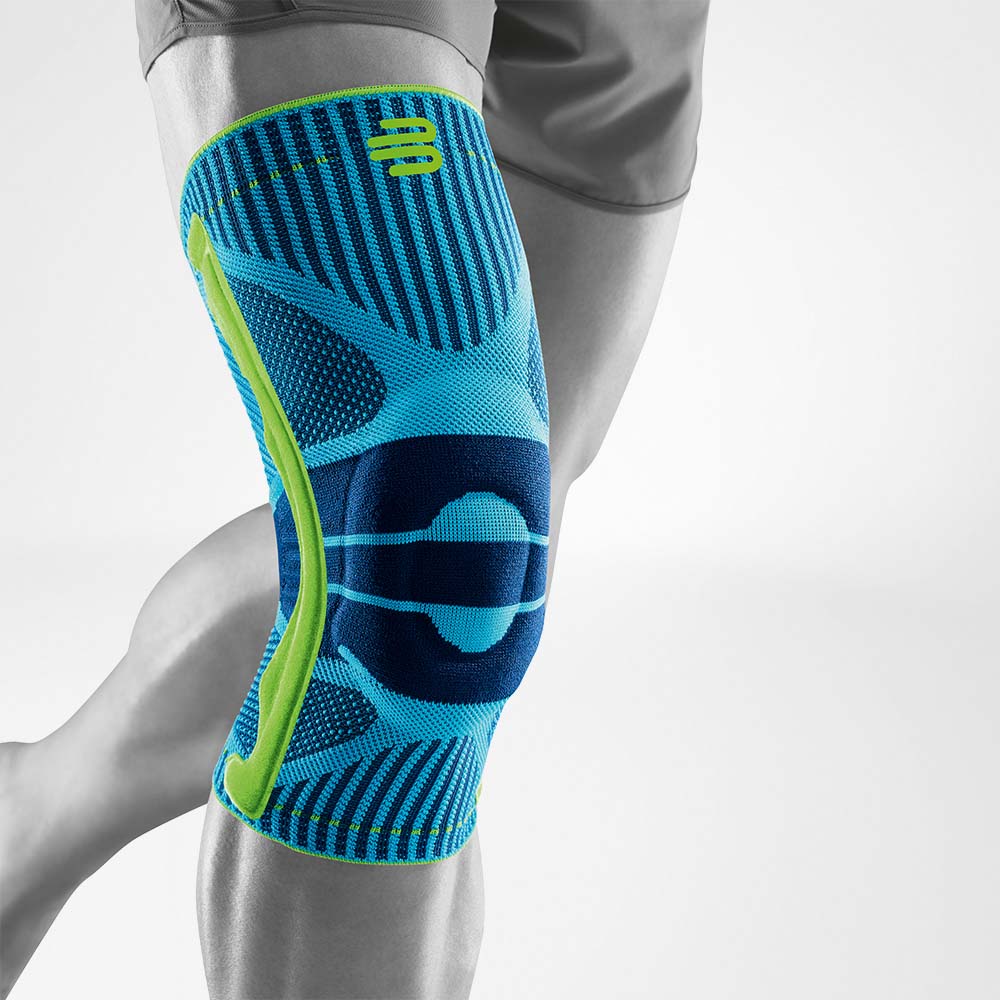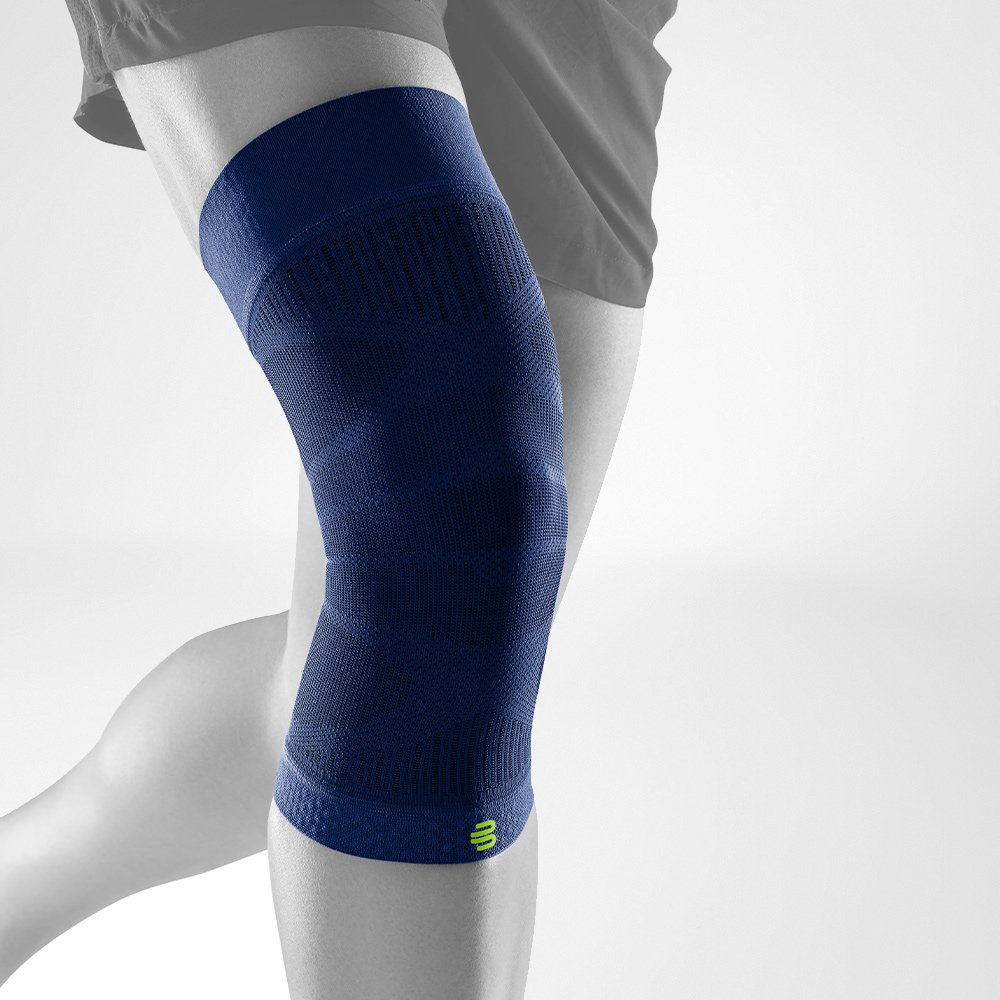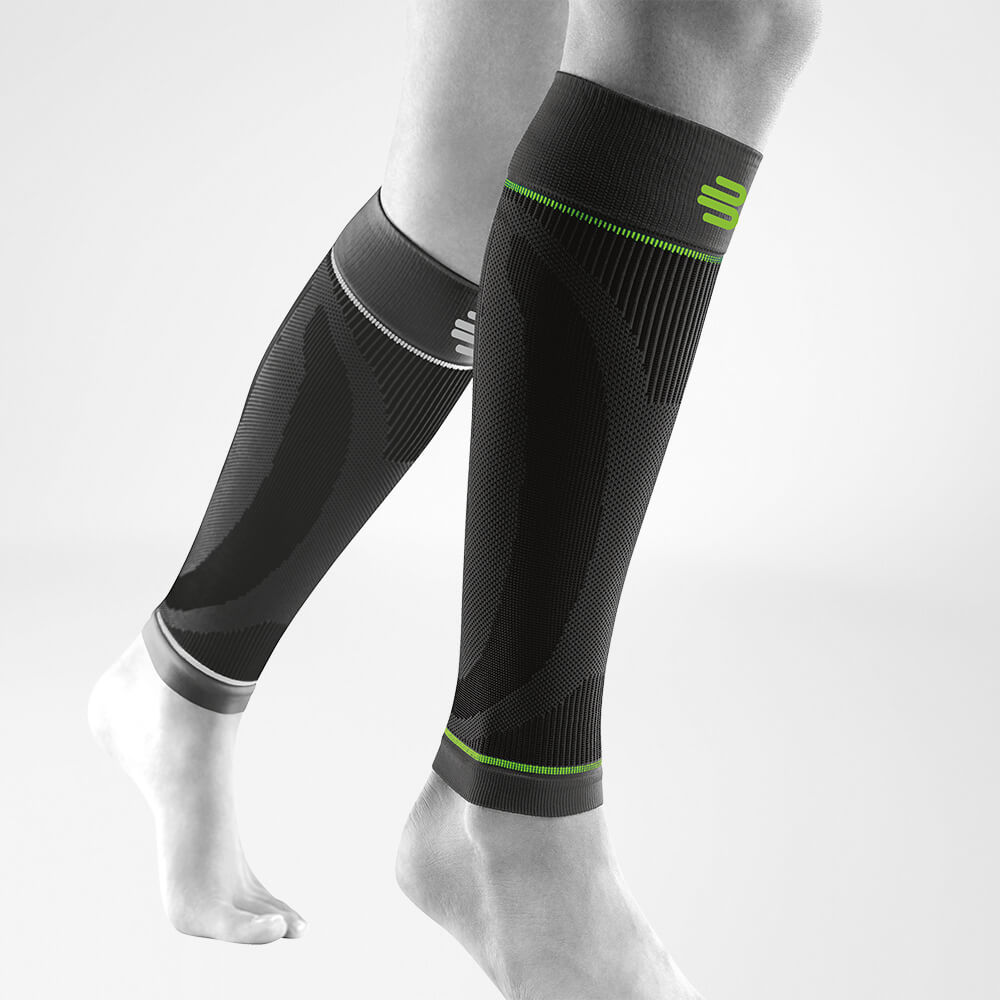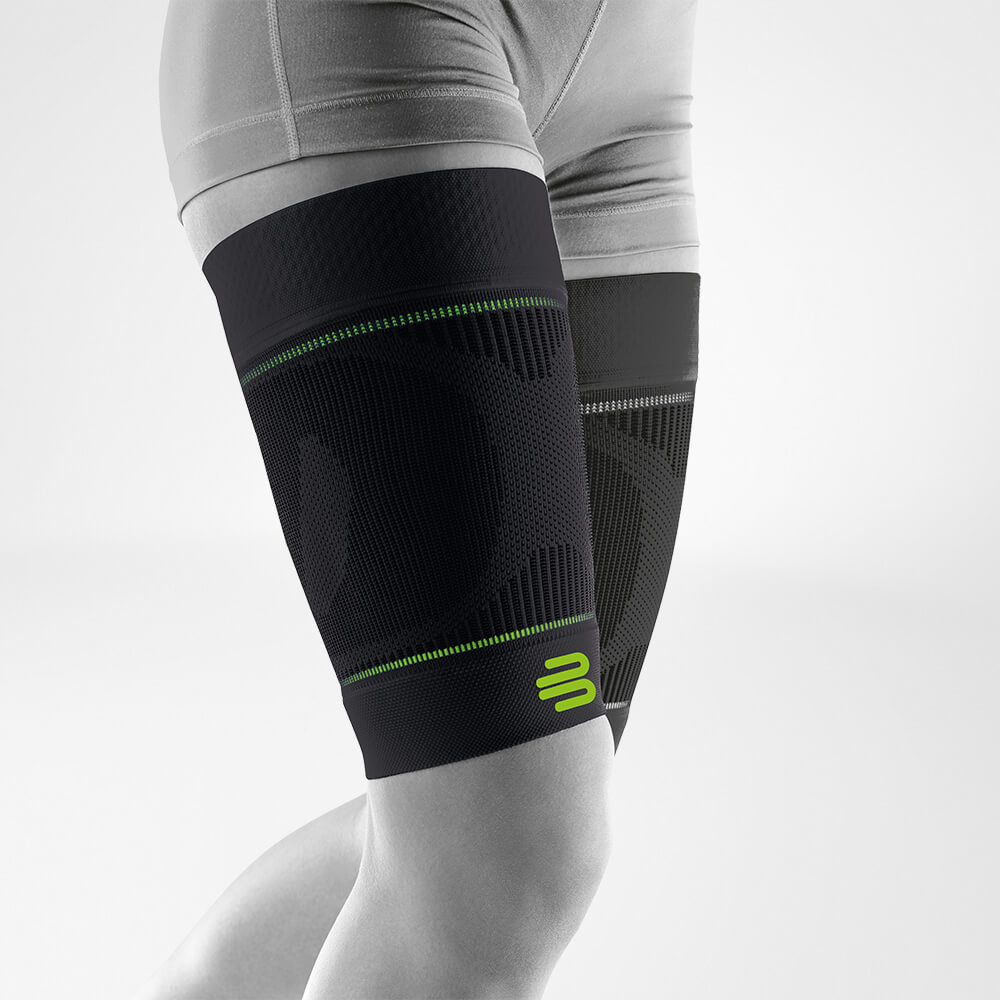
Trail Running
Trail Running Gear
Long distances, lightweight equipment
If you want to overcome huge challenges, you should leave nothing to chance. This applies all the more to extended trail running and the equipment you need for this purpose. We did a little research and will tell you in this article which equipment is essential for your trail run, and what you need to bear in mind when buying it. But since the advice of a professional is usually best, we also asked our trail running expert Johanna Åström which items are essential to have with you on a long run.
As with any running sports, the following also applies to trail running: your shoes are the most important part of your equipment. It’s a false economy to try and save money when it comes to shoes. Trail running shoes have to meet several demanding requirements: they have to be very robust, provide support, be flexible and comfortable enough for several hours of running, they need to withstand the weather – and they shouldn’t weigh very much.
That’s why trail running shoes are designed a little differently than ordinary running shoes. Rough terrain primarily demands robustness from the shoes. Therefore, their sole is often a little stiffer so it’s not pushed in on uneven ground or pierced by sharp rocks. Furthermore, most shoes come with a rubber cap in the toe area which offers additional protection. The upper material is significantly more robust than in traditional running shoes to protect you from thorns and undergrowth close to the ground.
Lugs for better support on tough ground
The sole of trail running shoes also differs visually. It often features lugs or studs which offer good support on rough terrain, and, at the same time, make it difficult for small stones on the path to get into the tread. Caution: these lugs also reduce the shoe’s contact surface, resulting in a greater risk of slipping on wet asphalt.
When running over roots, small twigs, or rocky ground, proper protection against twisting your ankle is essential. Trail running shoes usually have a lower centre of gravity than their counterparts for the road to enable more direct ground contact. In the heel area of the sole, a greater width provides additional stability.
And then there’s the subject of (foot) climate. Special hi-tech membranes guarantee dry and warm feet, even during rain or snow. For the warm season, many manufacturers also offer versions with more breathable upper material.
If you often have problems with long laces, you should look for shoes with what is known as a “quick lace system”, where the laces “disappear” into a little pocket. It also ensures that pressure is evenly distributed across the whole instep.
Trailrunning clothing
There are two basic rules concerning clothing for extended trail runs:
- Avoid cotton.
- Take enough clothing so you can react to changes in the weather.
Cotton is generally not suitable for sports clothing because it soaks up sweat which it can’t disperse quickly. Therefore: you will start to feel cold quickly. In addition, moisture can lead to unpleasant rubbing on the skin and painful chafing. Of course, this is something that needs to be avoided on trail runs lasting several hours.
Merino wool as a pleasant cotton alternative
For those who appreciate the pleasant sensation of (dry) cotton on the skin, a T-shirt made of merino wool is a suitable alternative on a hill run. It provides better warmth than polyester, for example, and dissipates sweat quite quickly, meaning you can run toward your goal being dry and happy.
Watch out for changing weather conditions!
Even during the summer, you should never start an extended trip through the mountains wearing only a T-shirt and shorts. Sudden changes in the weather can mean that you will get drenched – without suitable rain protection – and that the ambient temperature may well drop by 10 °C within a very short time.
So take a rain jacket or a windbreaker on your trips. And the same motto applies to the jacket: don’t try to save money in the wrong place. A good rain jacket for trail running is lightweight and breathable, and, of course, absolutely waterproof. If possible, get advice from a specialist retailer. Also important: the jacket should have a hood, too, to protect the head from cooling down too much if the temperature drops.
While there are several things you have to bear in mind when choosing clothing for the upper body, not much needs to be considered when selecting your pants. Here, too, functional fibres are more suitable than cotton to prevent chafing. The question of whether they should be short or long is mainly down to personal preference.
Trail running socks protect your legs and give you an extra energy boost
Clothing on the lowest part of your body must not be neglected: trail running socks. For long runs, in particular, blisters and chafing on the foot should be avoided at all cost. The extra lightweight functional socks feature special zones that pleasantly cushion the sensitive areas of the foot, like the toes and heel, meaning you won’t feel any pain even after hours of running.
And the long compression socks for trail running can do even more: thanks to the tight and elastic hi-tech knitted fabric, they exert gentle pressure on the calves, thus delaying fatigue in your legs. So you’ll get a real energy boost when you need it.
Important for those who sweat a lot: these running socks have a particularly wide-mesh and open design, meaning perfect breathability is guaranteed. Their compression zones around the lower part of the calf can also stabilize the ankle and prevent spraining.
#BEATANYTERRAIN
Get our trail running socks now!
Trail Run Compression Socks
Uphill and downhill with extra power and special stability in the ankle: Thanks to Targeted Compression, your muscles get the decisive boost when they need it. The "Infinity Zone X-TREME" with increased compression in the ankle area promotes a secure and rounded step even off the beaten track.
Trail running backpack and drinks bottle belt
Another essential piece of equipment for longer trail runs is found on your back: the trail running backpack. Depending on the length of the trip, we would recommend a usable volume of between two and 15 litres. That’s where you carry all the important little items that may even save your life in case of an emergency. These things should be included in your backpack during trail running, for trails of several hours in particular:
- Food: ideally energy bars or gels
- Clothing (see above under “Clothing”)
- A map and a compass (alternatively: a GPS device)
- An emergency blanket
- Bandaging material
- Some money
- Your smartphone
- When you’re running at night: a head torch
Some trail running backpacks also feature a water bladder and a special hydration system which allows you to take between one and three litres of water and drink it while you’re running. If you don’t have such a bladder, you should take drinks in small bottles on a “bidon” or drinks bottle belt. They usually also feature small pockets for energy bars and gels.
Prepared for emergencies
Sometimes, it happens more quickly than you think: a root, a rock, or an area of scree causes you to fall. You are injured and can’t keep going by yourself. That’s why emergency gadgets such as a smartphone, an emergency blanket, and bandaging material are so important. And even if it’s not quite so bad and you’re “only” lost, a compass, map, and/or GPS can save you. If you take some money, you can also call a taxi if the way back is too far.

